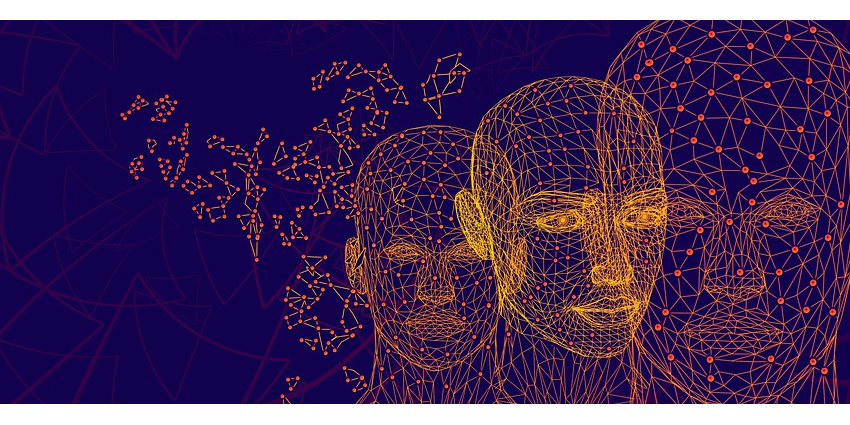There’s nothing quite like a sommelier. After all, a wine list can present a baffling list of names, brands, and vintage years. Worse, how can anyone be expected to know all those varieties and regional vineyards? That’s why some of us expect an informed recommendation from the sommelier.
Yet, nowadays, that sommelier may not be a human wine connoisseur. Indeed, bots are stepping up to the plate (or glass) and answering a vast array of questions.
Indeed, they can now do much more than answer FAQs, recommend information, and guide customers through a call center system.
Powered by AI, these virtual agents can fit into any customer service environment.
Of course, they are still much more prominent in enterprises. However, the low-/no-code revolution is making them much more accessible.
Such accessibility leaves little doubt that virtual agents will play a significant role in the future of CX.
Yet, let’s not get too far ahead of ourselves and start with the basics.
Virtual Agents in Action. Power to the People.
The past ten years have witnessed a paradigm shift in customer behavior. Expectations are higher than ever. They demand faster, more intelligent answers with minimal pain points. Worse, patience is in short supply.
Virtual agents allow customers to complete more tasks on their own without the aid of human agents. For instance, customers can renew subscriptions, make purchases, and even troubleshoot common tech problems with the help of an IVR.
The technology also reduces the strain on service teams and makes customers feel more empowered and confident. The result is happier customers and more efficient agents with less likelihood of burnout.
Companies like Microsoft offer virtual agent technology as a part of their contact center solutions. Yet, Microsoft is not alone – far from it, in fact.
Today, hundreds of firms are developing virtual agents powered to meet increasing customer demands across all channels.
Don’t Worry. It’s Not the Rise of the Machines
In the dystopian future of science fiction, machines take over and eventually dominate human existence. Not so with AI-powered virtual agents; they aren’t meant to replace humans, far from it. The goal is to improve customer experiences while freeing agents to handle tasks that require a human.
For instance, a sales conversation could start with a virtual agent and end with a person. AI can’t replace genuine, real emotional appeals, which are often crucial to closing a sale. But a human can.
Robust Growth Forecasts for Virtual Agents
A Gartner report estimates that the virtual assistant market represented $6 billion in 2021 and $7 billion in 2022, with an annual growth of almost 15 percent.
Commenting on the research, Gene Alvarez, Managing Vice President at Gartner, stated:
As more customers engage on digital channels, VAs are implemented to handle customer requests on websites, mobile apps, consumer messaging apps, and social networks.
It’s a rapidly developing technology solution with meaningful, real-world benefits – including virtual sommeliers.







